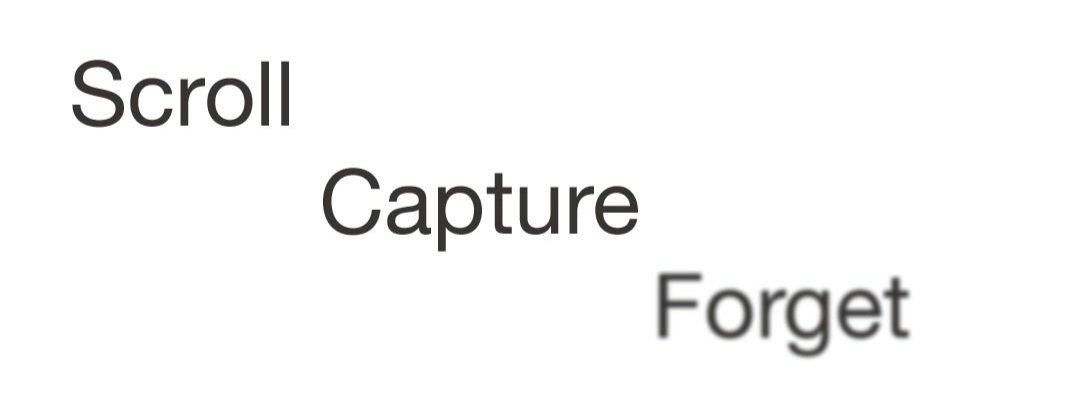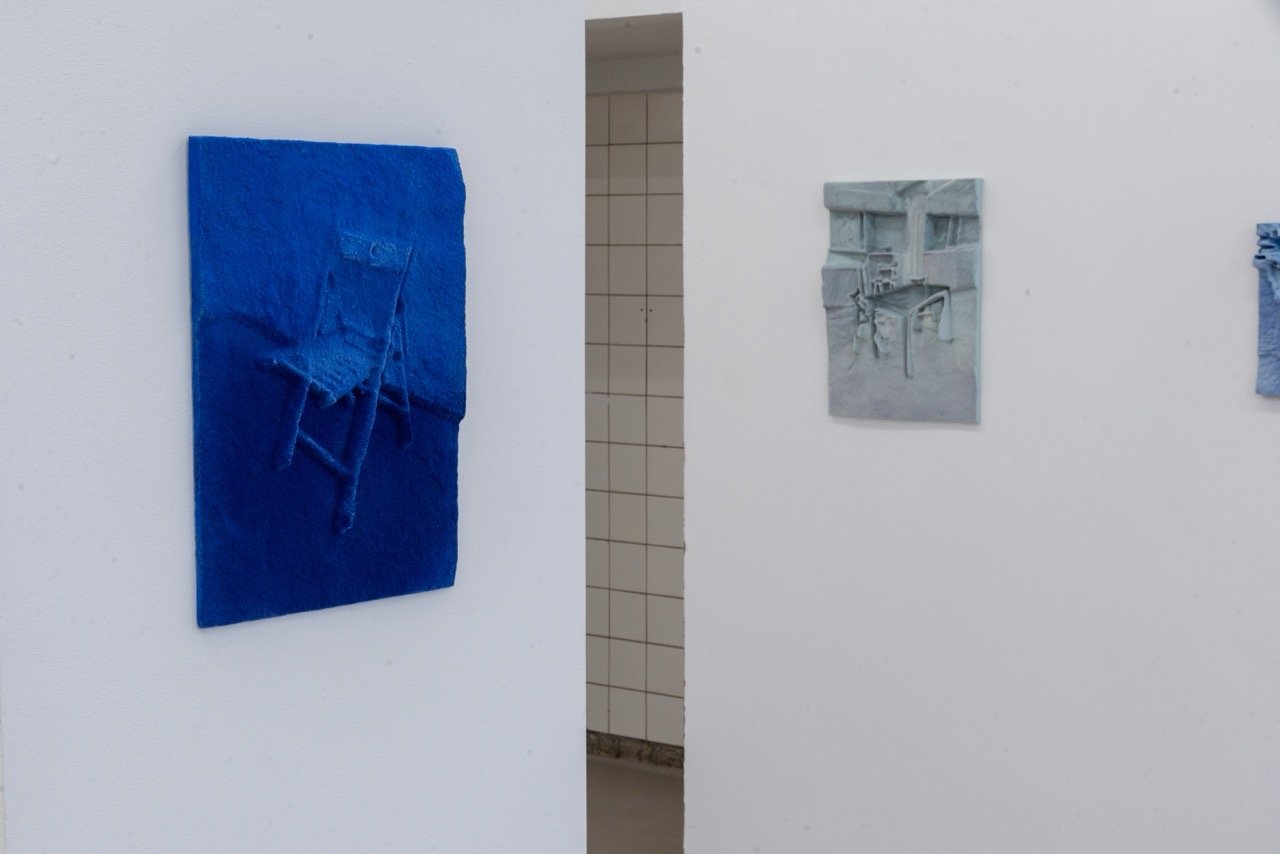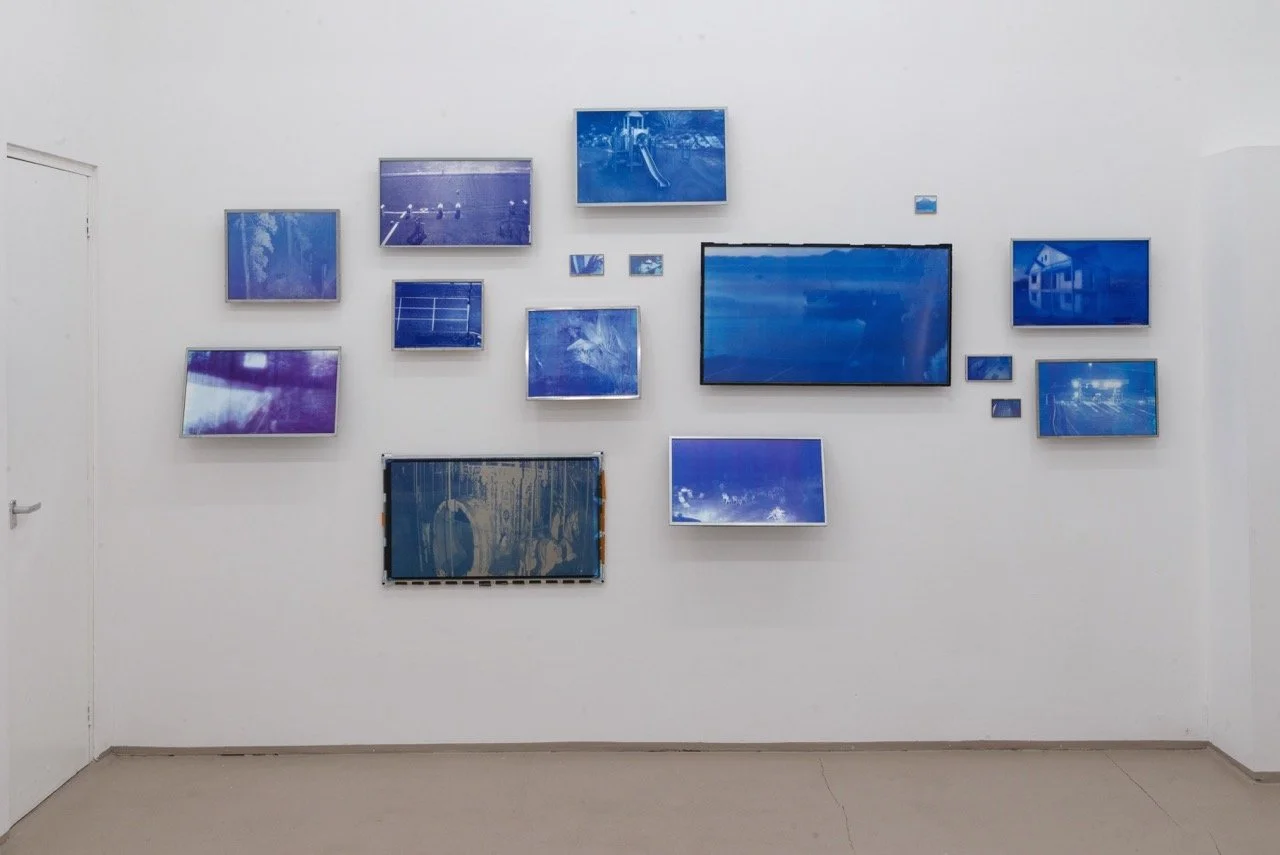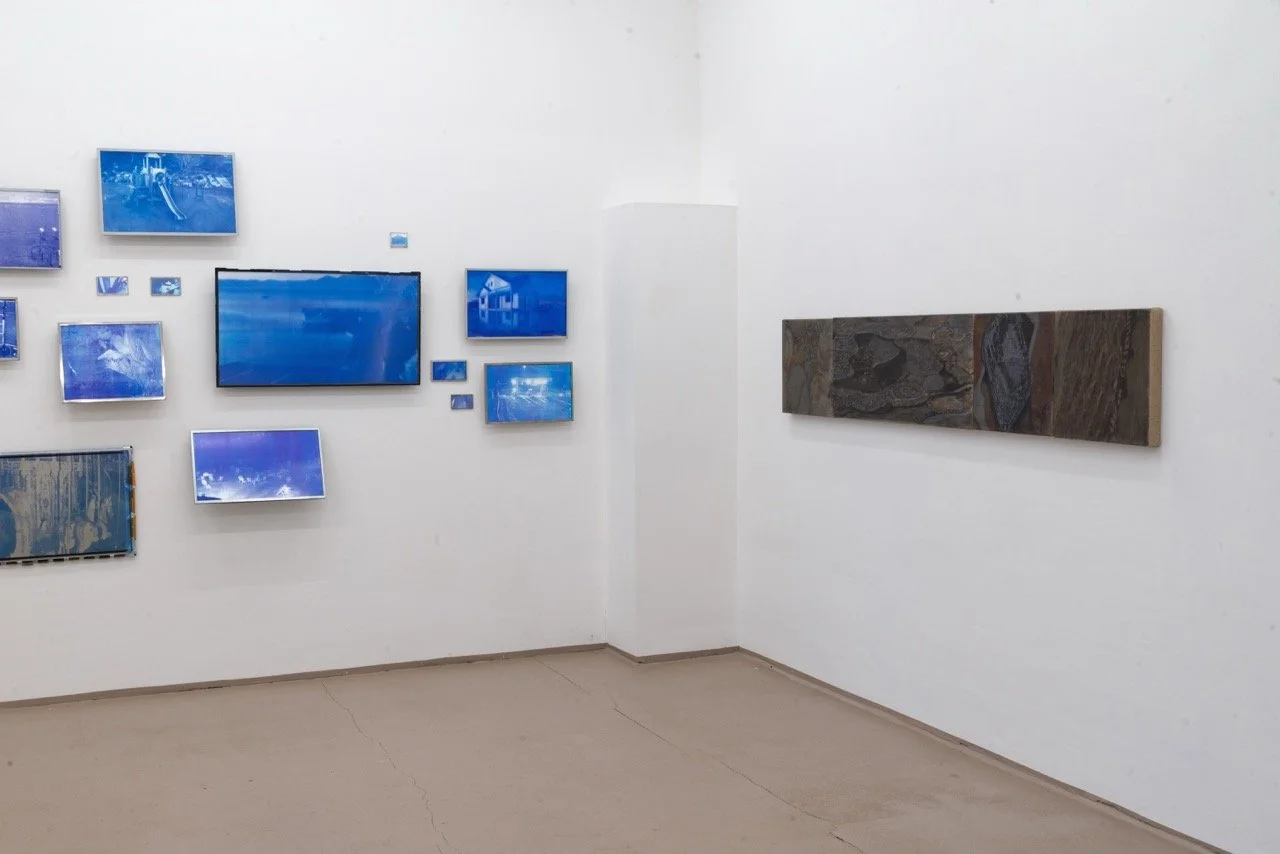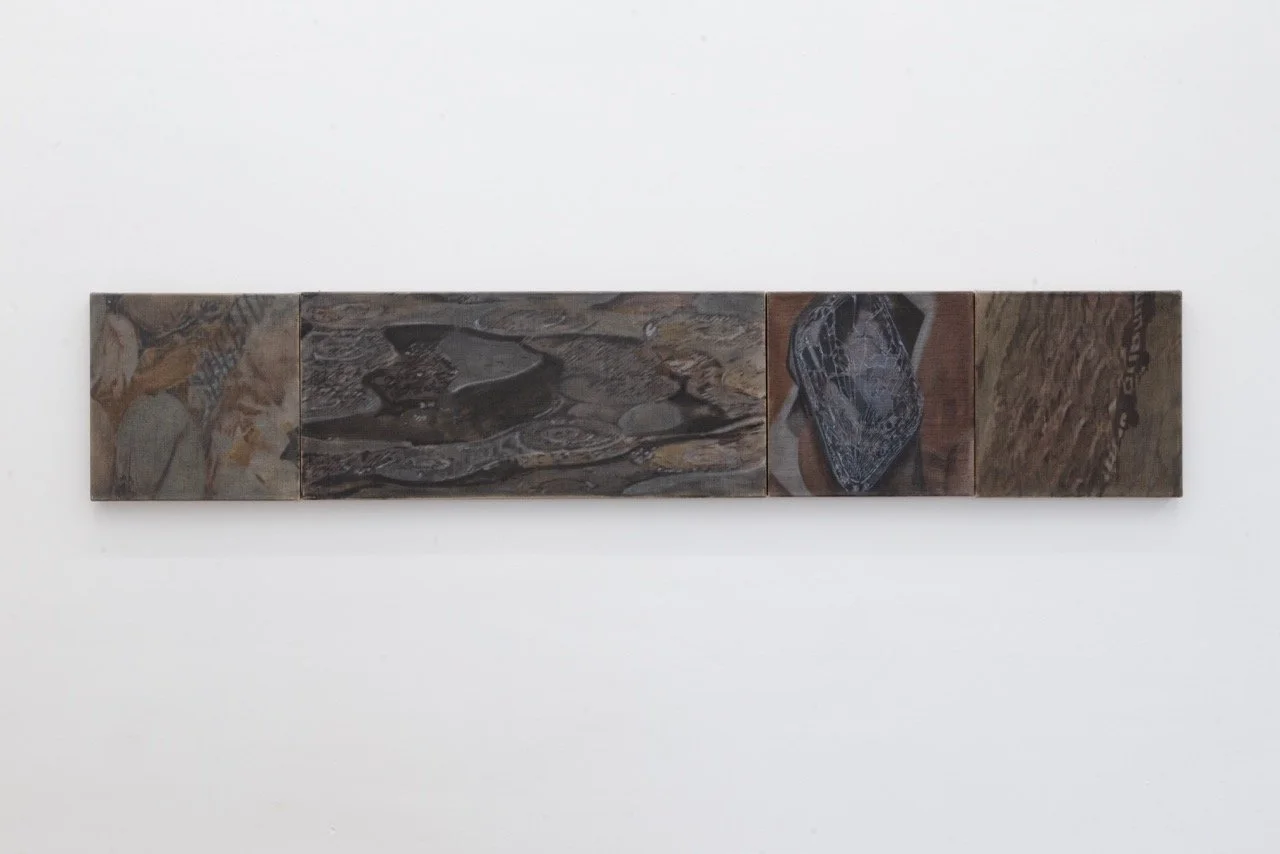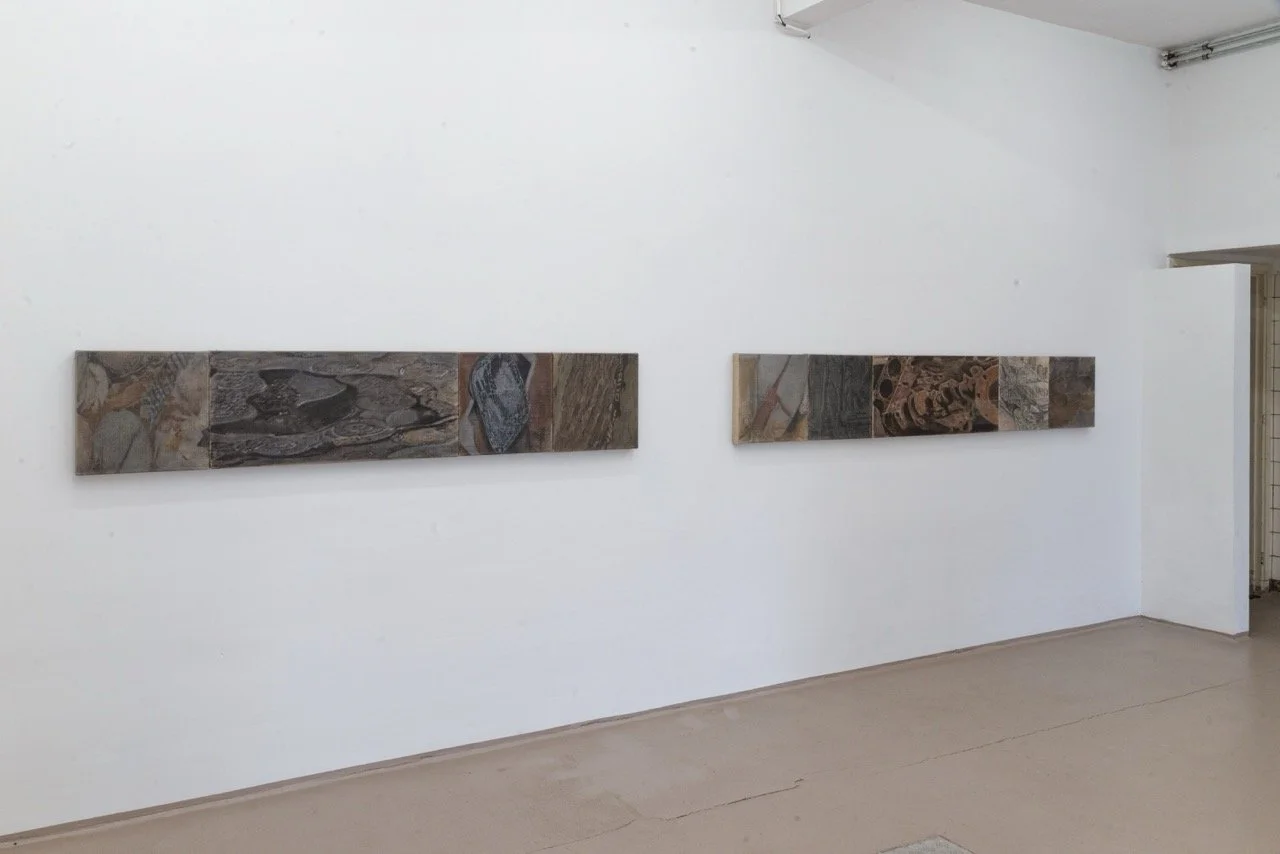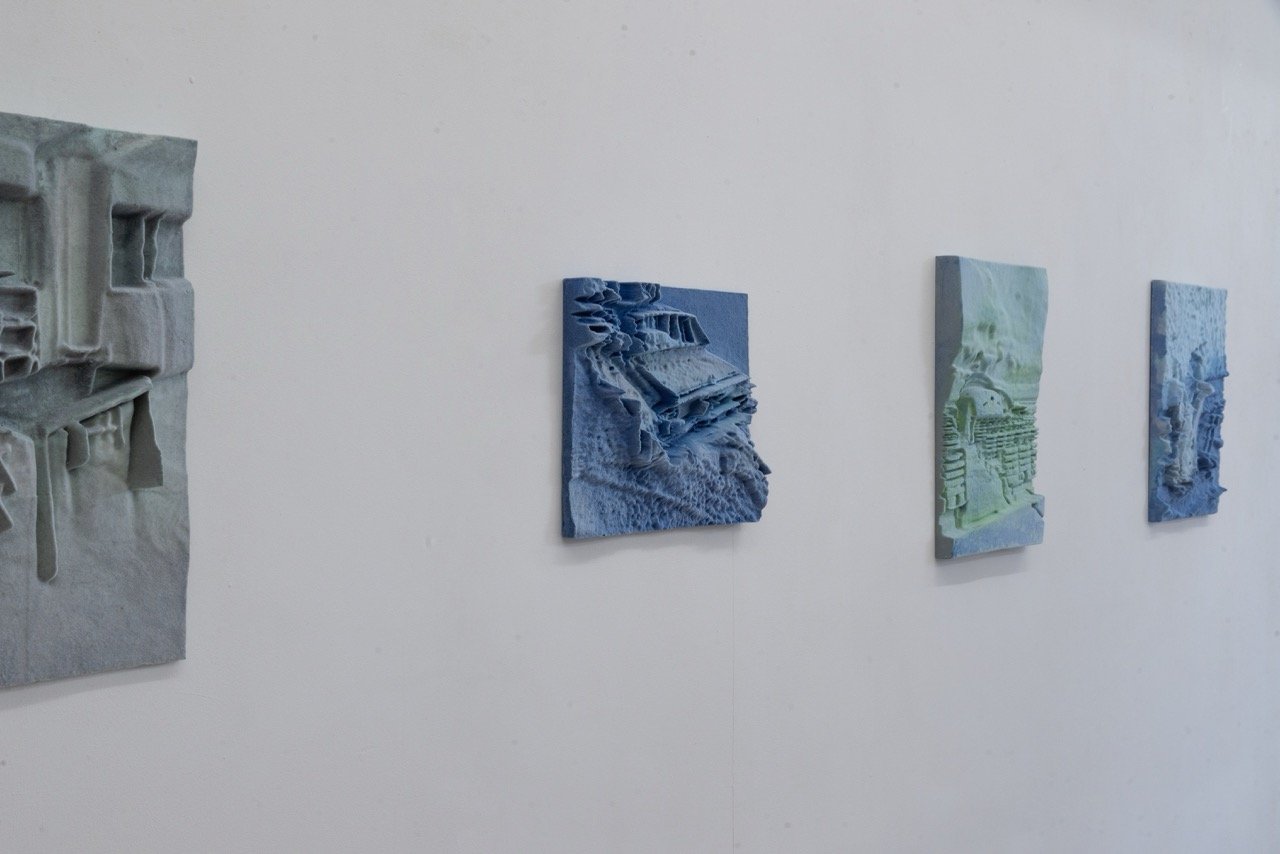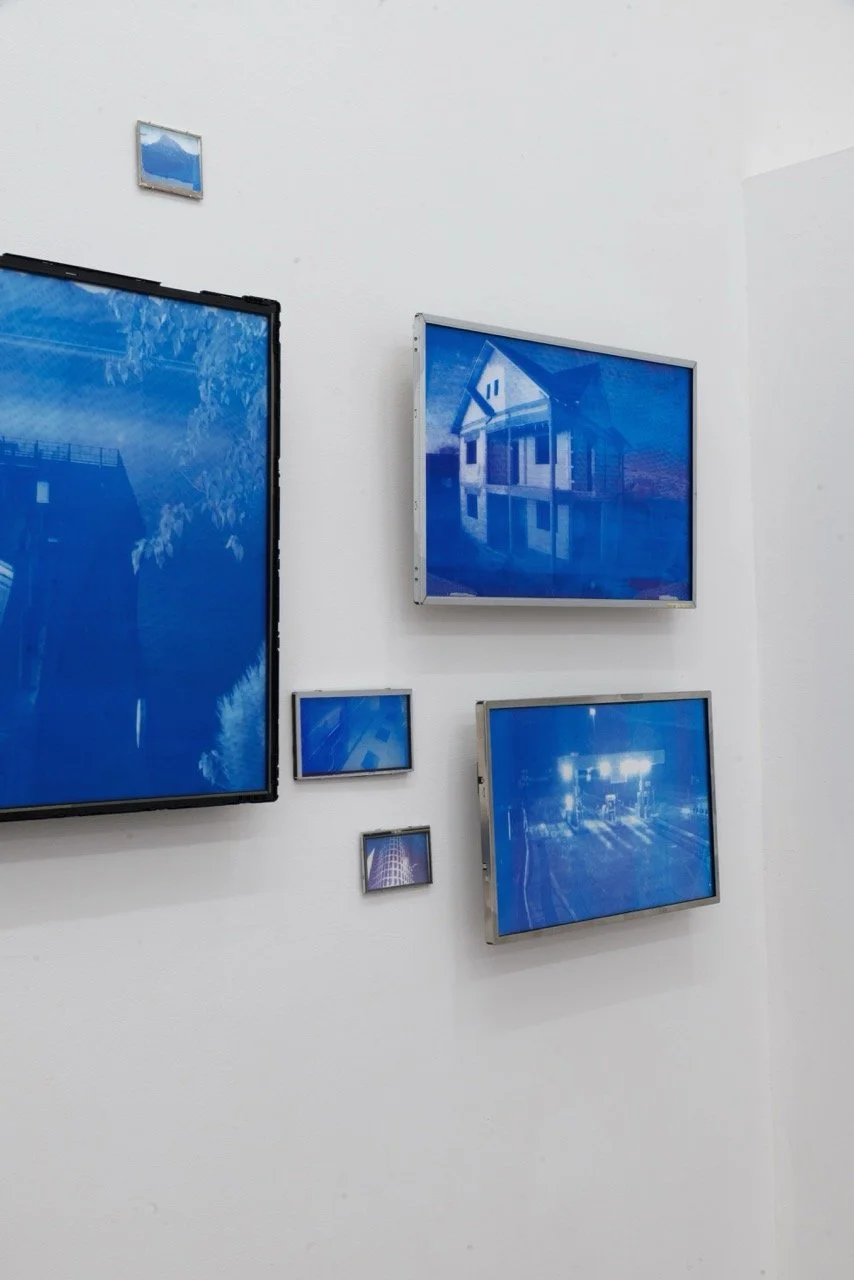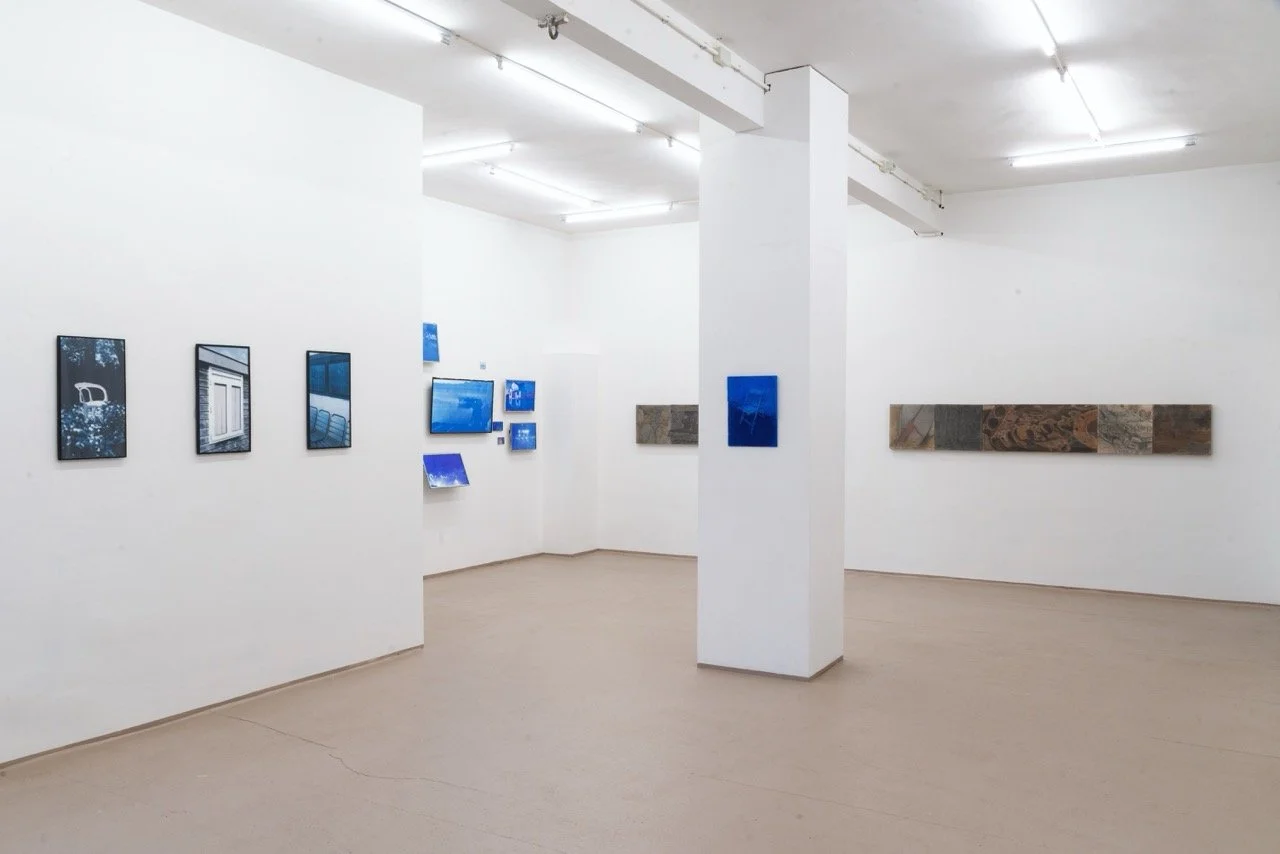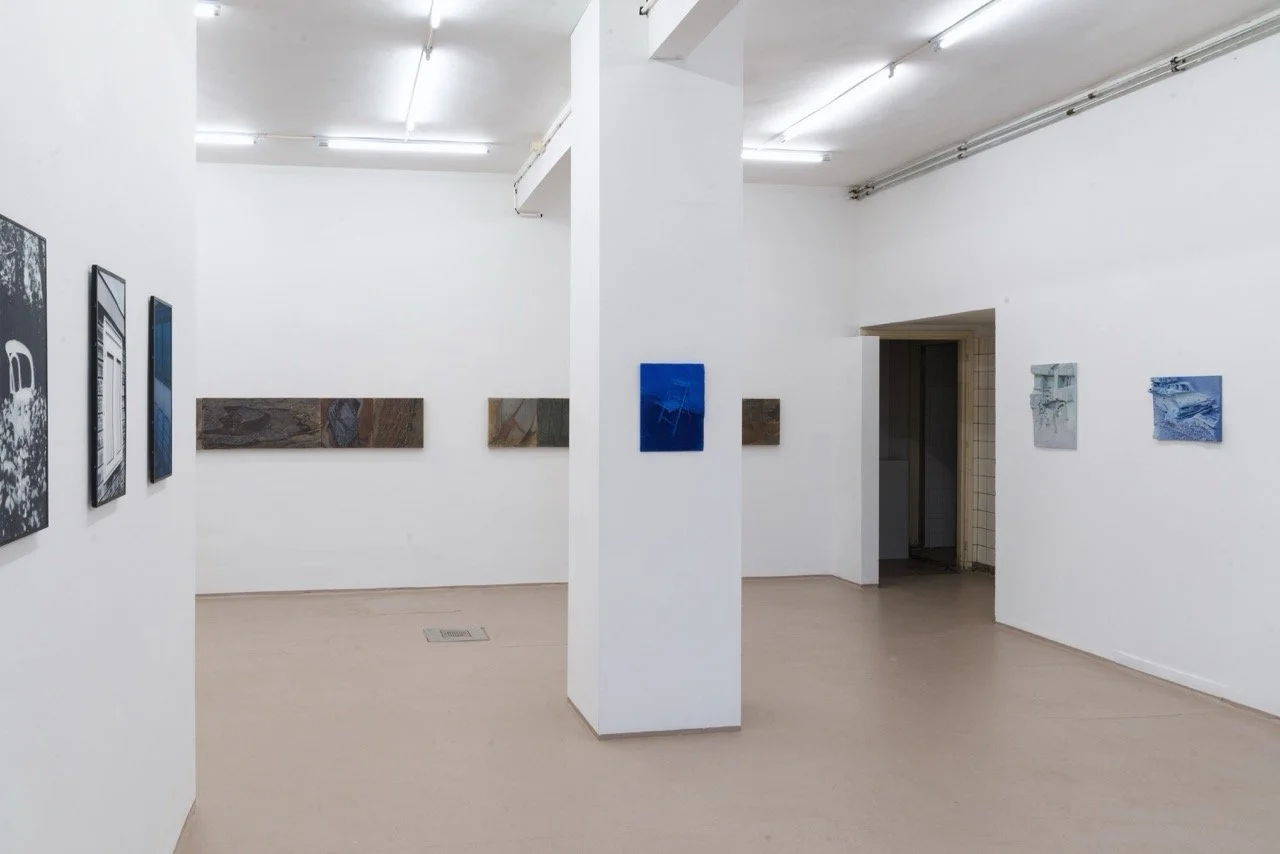Duo presentation with Emre Özakat and Romina Koopman
Gallery van Fanny Freytag proudly presents a duo presentation by Emre Özakat and Romina Koopman from June 13 until July 12.
The work of both artists focuses on digital imagery, the changing meaning of images, and the large number of pictures we see everyday. Emre Özakat explores these ideas through a series of oil paintings, while Romina Koopman shows her work using prints displayed on old monitors and 3D-printed photographs.
Emre and Romina collect, slow down, and transform visual material that would typically be scrolled past and forgotten. Through this process, they raise questions about the randomness and worth of the images that flood our digital lives. Drawing from their personal archives of online visuals, they recontextualize these fragments in unique and thoughtful ways. By pausing and reimagining such imagery, they invite us to reflect on what happens when we look more closely, when we choose to engage with, rather than overlook, the constant stream of pictures that shape our everyday digital experience.
For inquiries please contact us.
To read more about the works and the show, scroll down.
Substation, 2025, CMYK silkscreen, multiple layers of polarising film in a metal frame, 30 x 53 cm.
ABOUT ROMINA
Romina Koopman (1996) is intrigued by how digital images can change our perception of reality. Her work reflects on how the photographic medium, within the digital era, creates a new ever-evolving truth.
She approaches photography as a shape-shifting medium, rejecting the image as a flat surface; a view expressed in the materialization of her work: digital and analogue. In 2024 she completed a masters at Sandberg Instituut. in 2022 she was part of the Best of Graduates of the Ron Mandos Young Blood Foundation after a bachelor at Rietveld Academy, she also won the Steenbergen Stipendium that year.
Gears, 2025, Oil on Linen, 90 x 40 cm.
ABOUT EMRE
Emre Özakat (1997) investigates the anxieties of living in a world excessively politicized and media hyper-saturated with increasingly omnipresent surveillance, often as well questioning the credibility of the digital image in the 21st century through various methods of obscuring or manipulating digital images.
Özakat graduated in 2020 from Gerrit Rietveld Academie. Since then he has participated numerous projects such as, in Springboard Art Fair 2023 in Utrecht, [Dis]comfort Food and The Grey Space in the Middle.
Special thanks to Mondriaan fonds
Story behind the works
In this day and age, dozens of images pass by in our digital lives. Screens seem to direct our gaze and shape our perception. In the exhibition Scroll, Capture, Forget, Emre Özakat and Romina Koopman reflect on digital aesthetics, algorithmic logic, and the endless accessibility of online imagery.
Scrolling through the apps on phones, some of us might find ourselves wondering: “What was I looking for here?” A moment of reflection may remind them to put the phone down, only to pick it up again minutes later. Screens have become extensions of our bodies and minds: digital assistants at our constant service. But who is assisting whom? Koopman and Özakat ask. Isn’t it strange that the reflex of taking a quick picture, only to forget about it, has become so universally familiar?
Intrigued by how digital images alter our perception of reality, Romina Koopman explores what happens when photography becomes a reflex. Going through her archive, she found photos she didn’t remember taking. “Silent leftovers of daily life,” she calls them. Visual fragments without clear context or meaning. In the grey area where tangible and virtual worlds meet, she reclaims these forgotten images from her camera roll. Through the slow, physical process of 3D printing, she gives them ‘form’. Literally. Fragile pixels become tangible surfaces. “Can surface, texture, and scale restore attention where there was none?” she wonders. Her overlooked images, once scrolled past, now demand presence.
This search for attention and value continues in another part of her practice. “I took screenshots of everything I liked,” Romina says. “Even from a somewhat shady website streaming surveillance footage.” A palm tree dancing in the wind, a playground at night, a crossroads from above. From 5,000 screenshots, she selected a few. In this installation of security images, she reclaims control by putting her phone down, freezing the feed, and choosing to look. No more endless scrolling, just stillness.
One particular image of a chair, taken without memory or meaning, prompted the question: “Why did I feel the need to capture this?” She found more images like this in her iCloud, equally empty of context. By turning them into silkscreens and “spending time with them,” she searched for a way to restore their value. “Through a time-consuming technique, I created CMYK prints of the photos, layer by layer.” A challenge to “show an image in a way we may not have seen before.” The layered surface requires viewers to move around them to see the image in its full colours. This act of slowing down invites a new kind of connection with the image, and with Romina’s altered relationship to it.
Emre Özakat has painted all his life. Yet during his time at the Rietveld Academie, he turned to video art, a key step in reconsidering the role of painting in his practice today. After graduating, he returned to oil painting, now infused with a digital influence. Drawing from his digital archive, he paints imagery such as car crashes, broken computers, or cracked eggs scattered across pavement. While varied, these images share a gesture of rupture. “The eggs especially, normally symbols of reproduction and life, become unsettling when seen cracked open on concrete,” he says.
The contrast between the speed of digital imagery and the slowness of oil painting fascinates him. Oil paint stays wet for days, forcing deliberate decisions. Digital images, by contrast, move too fast to grasp. To decelerate and shift meaning, Özakat blurs, mutes, and obscures his subjects. These gestures give his work a ghostly sensibility, reflections on failure, fragmentation, and memory. His paintings, marked by traces of unrealized futures and distorted forms, demand patience. They invite viewers to slow down, to step back, and ask: what am I actually seeing?
For Emre, form is content. He works within a fixed format of 40 x 40 cm. “A visual unit that mirrors how we encounter images now,” he explains. Similar in size to thumbnails or social media posts, these square panels reflect the fragmented, repetitive way we consume digital imagery. Together, they build a modular archive, echoing the clutter of our visual environment. His use of muted colors reinforces this sense of residue. “These are spectral images,” he says; Ghosts of once-clear photos, now degraded by circulation, compression, and neglect. The subdued palette intensifies this sense of visual decay, giving form to digital fragments that hover between presence and disappearance.
In both Koopman’s and Özakat’s work, digital imagery is a starting point. They collect, isolate, and transform visuals we’d usually scroll past: a photo of a car, a plastic chair, an empty room. Through their practices, they ask what happens when we pause, when we give these fragments our time and attention. In doing so, they invite us to reflect on the flood of images we encounter every day, and how we might see them differently.
Written by Tessa Vallinga

